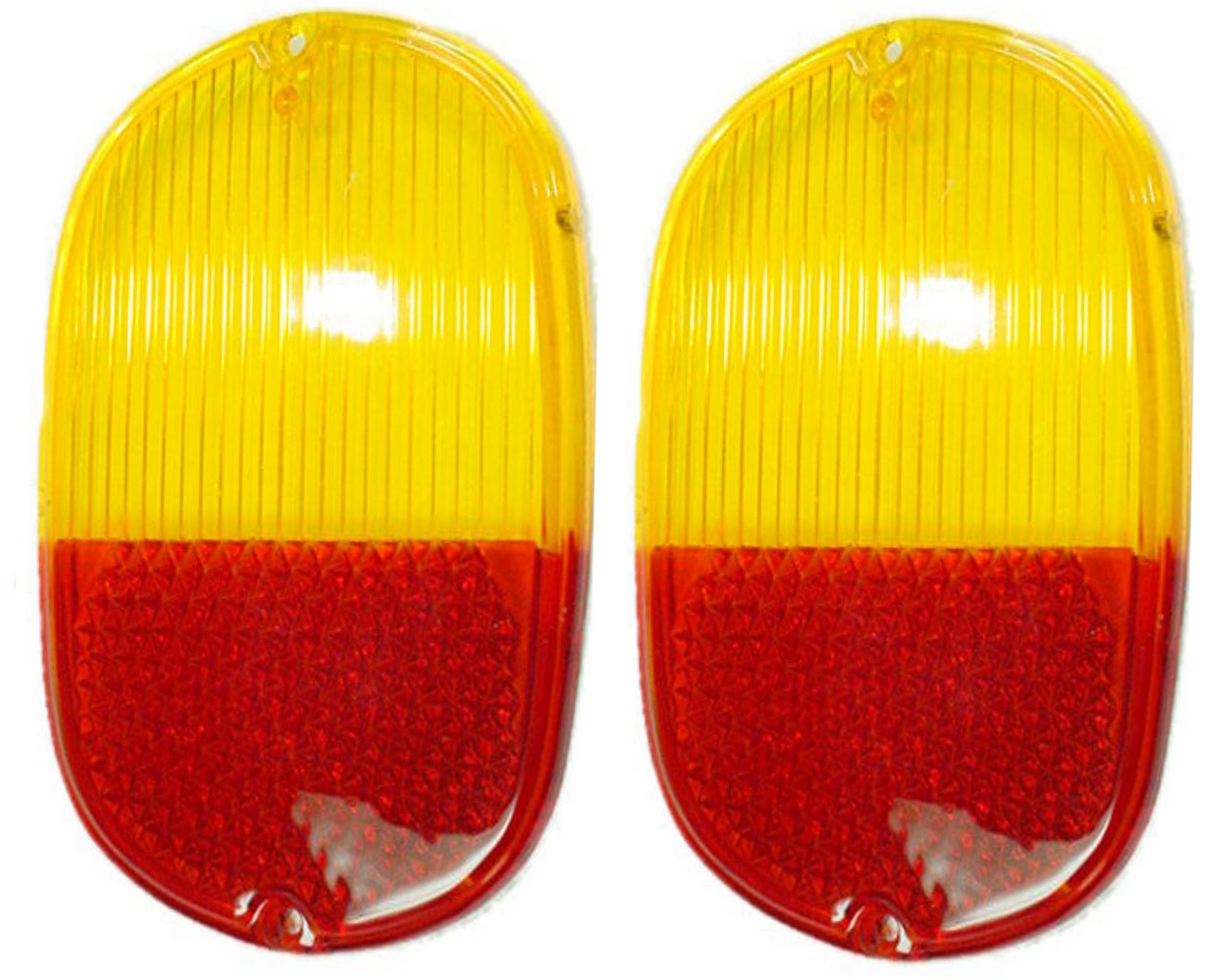The Role of Design Thinking in Automotive Innovation
Design Thinking is a human-centered approach that places emphasis on understanding the needs and desires of users. It involves a systematic process of empathizing with users, defining the problem, ideating solutions, prototyping concepts, and testing them. This iterative process allows designers to gain valuable insights and create innovative solutions that truly address the users’ pain points.
Another key component of Design Thinking is collaboration. By bringing together individuals from multidisciplinary backgrounds, such as designers, engineers, marketers, and end-users, teams can leverage diverse perspectives and skills to generate creative solutions. Collaboration fosters a culture of experimentation and encourages the exploration of new ideas, ultimately leading to more effective and successful designs.
Understanding User Needs in Automotive Design
User needs play a crucial role in shaping the landscape of automotive design. Understanding the specific requirements and desires of consumers is paramount in creating vehicles that resonate with the target market. By conducting in-depth research and analysis, automotive designers can gain valuable insights into what features, functionalities, and aesthetics are most important to users.
Moreover, user needs go beyond just the physical attributes of a vehicle. Emotional and psychological aspects also come into play when designing cars that not only meet basic requirements but also evoke a sense of joy, satisfaction, and pride in the users. Integrating empathy and emotional intelligence into the design process allows designers to create automotive solutions that truly connect with users on a deeper level.
Empathy Mapping in Automotive Innovation
To effectively innovate in the automotive industry, it is essential to understand the users’ needs and desires. Empathy mapping is a powerful tool that allows designers and engineers to delve into the emotional and psychological aspects of the user experience. By creating empathy maps, teams can gain a deeper understanding of the users’ thoughts, feelings, and motivations, leading to more human-centered design solutions.
Empathy mapping involves collecting and organizing data on users’ behaviors, emotions, and aspirations. This process helps teams create detailed personas that represent the different user segments, enabling them to empathize with each group’s unique challenges and perspectives. By incorporating empathy mapping into the automotive design process, companies can develop products and services that resonate with users on a deeper level, ultimately driving innovation and customer satisfaction.
• Empathy mapping allows designers and engineers to understand users’ needs and desires
• Helps delve into the emotional and psychological aspects of the user experience
• Creates detailed personas representing different user segments
• Enables teams to empathize with each group’s unique challenges and perspectives
• Drives innovation and customer satisfaction in automotive design.
What is design thinking and why is it important in automotive innovation?
Design thinking is a human-centered approach to innovation that focuses on understanding the user’s needs and requirements. It is important in automotive innovation because it helps designers create products and services that truly address the needs of the users.
How can empathy mapping help in automotive innovation?
Empathy mapping helps in automotive innovation by providing a detailed understanding of the user’s thoughts, feelings, and motivations. This allows designers to create products that are tailored to the specific needs of the users.
What are the key components of design thinking in automotive design?
The key components of design thinking in automotive design include empathizing with the users, defining the problem, ideating solutions, prototyping ideas, and testing the prototypes. These components help designers create innovative solutions that meet the needs of the users.
How can designers understand the user needs in automotive design?
Designers can understand the user needs in automotive design by conducting research, observing user behavior, and engaging with users through interviews and surveys. This information can then be used to create empathy maps that provide a detailed understanding of the user’s needs.
How can empathy mapping help designers create user-centric automotive products?
Empathy mapping helps designers create user-centric automotive products by providing insights into the user’s emotions, thoughts, and behaviors. This allows designers to design products that are not only functional but also emotionally engaging and satisfying for the users.







